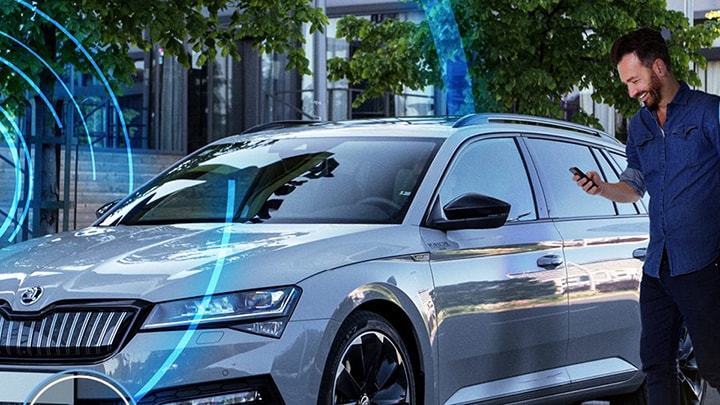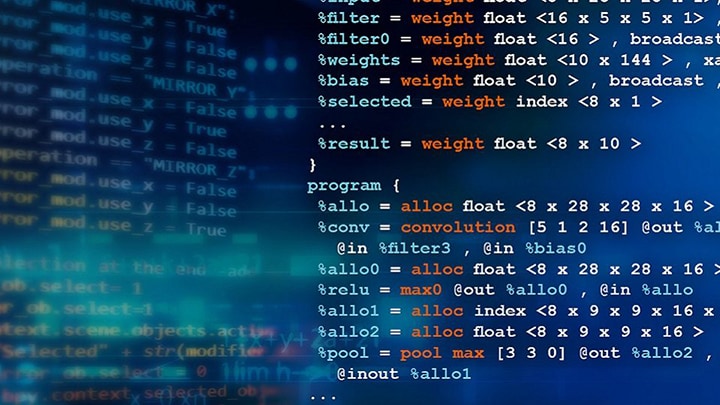Author

NXP
At NXP, innovation is always now, but our focus is always the future. Our dedicated team of experts is united by a passion to make everyday life more remarkable through technologies that continually redefine life as we know it.

If you’re reading this blog, then you’re probably old enough to remember the days before MIFARE-based contactless ticketing was used in public transport. It was a very different experience from what we have today. In the metro, for example, you waited in line at the ticket counter or token machine, scrambling to find the right change for your fare to save time. Then you lined up at the turnstile, hoping that your ticket or coin wouldn’t get jammed and slow things down.
Using public transport may still mean dealing with crowds, but MIFARE ticketing has brought a much needed level of ease and convenience to the process of coming and going. Today’s transport tickets extend the capabilities of a single travel card to include rides on all forms of public transport – from subways and railways to buses, trams and ferries – to new services like bike rentals and road tolling. MIFARE has already helped public transport come a long way, but the journey has, in many ways, just begun. That’s because MIFARE is poised to enter the virtual world, transitioning from paper and plastic smartcards to key fobs, watches and smartphones.
Any mobile device equipped with Near Field Communication (NFC) is already compatible with the existing MIFARE infrastructure. For example, you can tap your NFC-enabled smartphone against the reader at the turnstile, the same way you tap your MIFARE smart card against the reader and you’re on your way.
A new programming interface, called MIFARE4Mobile, makes this possible. It’s a single, interoperable programming interface that helps mobile network operators, trusted service managers and service providers manage MIFARE-based services on NFC mobile devices. The interface is under the domain of the MIFARE4Mobile Industry Group, which is made up of leading players in the NFC ecosystem, including Gemalto, Giesecke+Devrient, NXP, Oberthur Technologies and STMicroelectronics.
With MIFARE4Mobile, you can remotely provision and manage MIFARE-based services in the embedded secure elements and SIM cards of mobile devices. MIFARE4Mobile supports over-the-air (OTA) updates, so services providers can access MIFARE resources in a secure element in a trusted and consistent way. It also renders card content on the phone screen in a convenient and flexible way, for a consistent user experience, and provides full interoperability with other card formats.
Virtual MIFARE tickets on a smartphone make transport that much easier. You can use your phone for anywhere, anytime ticket purchases – there’s no need to wait in line to buy a ticket. Your wallet is lighter and, since there’s one less thing to keep track of, there’s one less thing to forget at home or lose.
Adding in the features of a smartphone app gives an extra level of service. The system can include travel alerts/news, access to special discounts, dynamic schedules and more. Using virtual tickets is also a greener way to go, since it saves the cost and waste of individual plastic and paper tickets.
For service providers, using OTA updates makes it easy to add new services, especially in multi-supplier formats, where details can change fairly often. For example, add a new feature or bring in support for an extra service, like bike rentals or building access, with a simple update.
Dubai is one of the first places to extend its MIFARE ticketing scheme to support NFC-enabled smartphones. The NOL card, which supports travel on the metro, buses and water buses, along with parking payments, is now available in a “SMART NOL” version that lets passengers use their NFC-enabled smartphones in the system. The interactive user menu includes the balance on your account and the date of your last journey, and includes a monitor for keeping within the daily fare cap amount. The user menu also includes the tag ID and expiration date, for use with customer service.
These are still early days for the transition to virtual tickets, and there are a few things to keep in mind if you’re thinking of adding smartphones to a transport system. First, be sure to specify each handset model and Operating System (OS) version you plan to support, so variations can be taken into account. Do more than just copy the functionality of the plastic card, to increase your chances of drawing people to the new service. Also, a well-executed promotional campaign can help drive acceptance and maximize your investment.
MIFARE and MIFARE4Mobile are registered trademarks of NXP Semiconductors N.V.
Tags: Security, Technologies

At NXP, innovation is always now, but our focus is always the future. Our dedicated team of experts is united by a passion to make everyday life more remarkable through technologies that continually redefine life as we know it.

July 15, 2020
by Tom Pannell

July 28, 2020
by Markus Levy

August 4, 2020
by Ron Martino